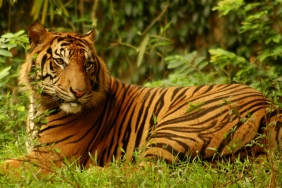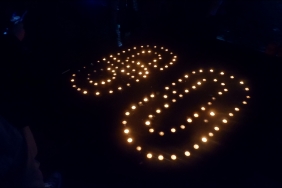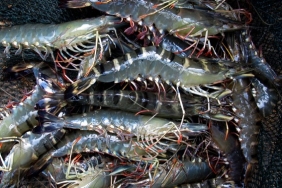MYBABYTREE IN RINJANI: TO PRESERVE THE BEAUTY OF RINJANI
By: Natalia Trita Agnika
Among nature lovers, Rinjani is one of the mountains on the list of mountains to climb. The charm of its beauty is very alluring. There are even climbers who say, "Don't die before climbing Rinjani."
Mount Rinjani, located on the island of Lombok, West Nusa Tenggara, is one of 127 active volcanoes in Indonesia. Mount Rinjani dominates the landscape of Lombok Island and covers one third of the total area of Lombok Island. Not only beautiful, Mount Rinjani turns out to store natural wealth and has an important role, both ecologically and economically.
The Gunung Rinjani National Park (TNGR) area is one part of the tropical rainforest in the West Nusa Tenggara region which consists of various types of ecosystems and vegetation that are quite complete, ranging from lowland tropical forests to mountainous tropical rainforests that are still intact and in the form of primary forests, fir forests, and sub-alpine vegetation. The value of the natural resources and environmental services of the Rinjani region is calculated to reach hundreds of billions of rupiah, which includes 386 billion per year in the agricultural sector and 286 billion in the ecotourism sector.
Mount Rinjani is also the main water catchment area of the 4 largest watersheds, namely Dodokan, Menanga, Putih, and Jelateng. As much as 90% of the water supply on Lombok Island comes from the forests on Rinjani and around 3 million people depend on the water supply from Rinjani. Another important role of the Rinjani forest is in the global carbon cycle as the trees in the forest are credited with sequestering carbon.
Ideally, the forests in the Mount Rinjani area should remain beautiful. However, the green Rinjani forest is disturbed by irresponsible human actions. Forest fires and illegal forest encroachment have damaged this area. Forest fires at the foot of Mount Rinjani in September 2015, for example, destroyed more than 100 hectares of the area. The fire was thought to have been caused by hikers or residents who threw cigarette butts carelessly. In addition, forest encroachment in the Gunung Rinjani National Park area is also increasingly concerning. One example is illegal forest encroachment in Kaok Ravine, Bebidas, East Lombok (source: Lombok Post, March 14, 2016). Based on information from the Head of TNGR Agus Budiono, the encroached area in the area has exceeded 100 hectares.
We cannot remain silent to see the beauty of Rinjani fade. The public can individually contribute to reforesting TNGR through the MyBabyTree program. This program is WWF-Indonesia's initiative to encourage individuals to help the reforestation process to protect protected areas or forest areas. The MyBabyTree program not only focuses on reforestation efforts, but also on empowering communities around conservation areas in tree planting, maintenance, and monitoring activities. Thus, the public contributes to environmental conservation efforts, community empowerment, and is involved in creating a sustainable life.
Through MyBabyTree, we can name the trees we want to plant in TNGR. Not just planting, the growth of the trees that have been planted can be monitored through Geotags (labeling trees with latitude and longitude/exact location coordinates). Once we have adopted a tree, we will be able to monitor its growth using Google Earth. Photos informing the progress of the planted trees will be updated every 6 months by WWF-Indonesia.
Let's help keep the forest in Rinjani sustainable by adopting a tree through MyBabyTree.





